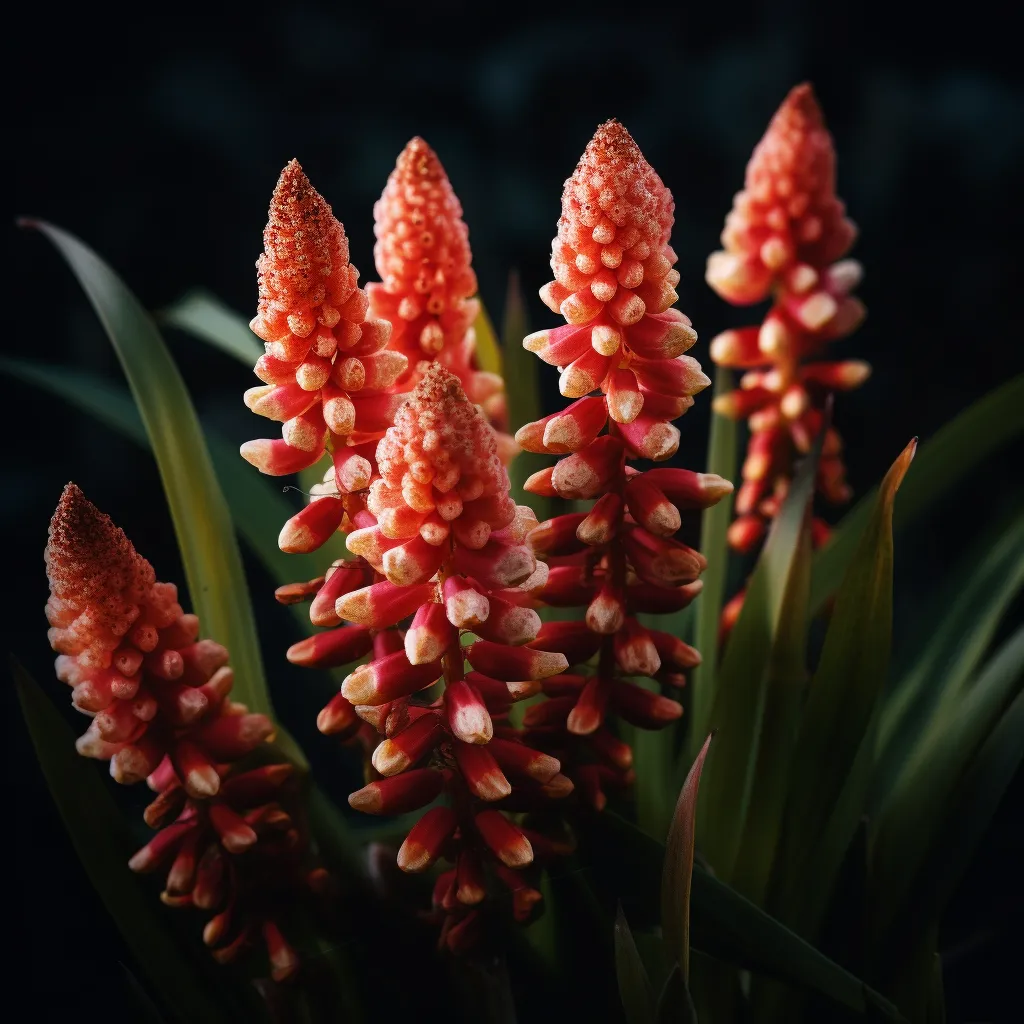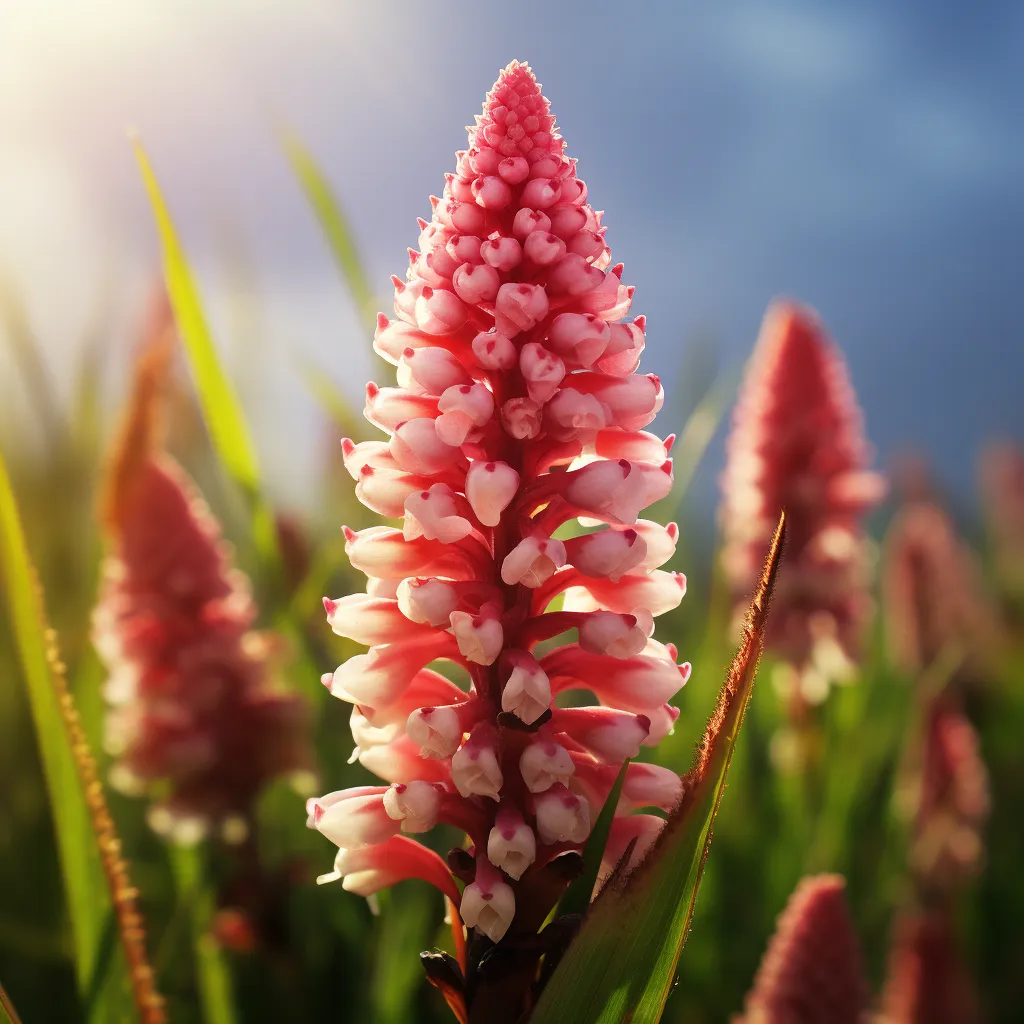Story of Day :
Contents
Plant Care Tips for Lachenalia pustulata (Blistered Cape Cowslip)
Welcome to the wonderful world of gardening! Today, we will be diving into the fascinating plant care tips for Lachenalia pustulata, also known as the Blistered Cape Cowslip.
This unique and exotic plant originates from South Africa and is prized for its beautiful flowers and easy maintenance.
Whether you are a novice gardener or an experienced green thumb, these tips will help you successfully grow and care for your Lachenalia pustulata.
Choosing the Right Location
The first step in caring for any plant is selecting the right location.
When it comes to Lachenalia pustulata, they thrive in well-draining soil with full or partial sun exposure.
Ideally, choose a bright spot that receives direct sunlight for at least 4-6 hours a day.
If you live in an area with hot summers, providing some afternoon shade can prevent sunburn on the delicate leaves.
Soil Requirements

Lachenalia pustulata prefers slightly acidic soil with a pH level between 5.5 and 7.0.
It is important to ensure that the soil has excellent drainage to prevent waterlogging, which can lead to root rot.
To improve drainage, consider adding organic matter like compost or peat moss when planting.
- Selecting well-draining soil mixtures specifically formulated for bulbs is also recommended.
- Avoid clayey soils that tend to retain water.
- If your garden has heavy clay soil conditions, consider growing Lachenalia pustulata in containers where you have more control over moisture levels.
Watering Guidelines
While Lachenalia pustulata requires regular watering during its growing season, it is essential not to overwater.
Overwatering can cause the bulbs to rot and lead to the plant’s demise.
Here are some watering guidelines to keep in mind:

- Water your Lachenalia pustulata thoroughly after planting, ensuring that the soil is evenly moist.
- During active growth, water when the top inch of soil feels dry.
- Avoid standing water around the plant as this can promote fungal diseases.
- In periods of dormancy or when growth has ceased, reduce watering frequency significantly.
Fertilizing Routine
Lachenalia pustulata benefits from regular feeding during its active growing phase.
Use a balanced liquid or granular fertilizer with an N-P-K ratio of 10-10-10 or 14-14-14.
Apply fertilizer once every two weeks during spring and early summer.
Be sure to follow package instructions for application rates specific to your chosen fertilizer brand.
Pest and Disease Control

Luckily, Lachenalia pustulata is relatively resistant to pests and diseases; however, they can still fall victim under certain conditions.
Here are some common issues you may encounter:
- Slugs and snails: These slimy creatures love chewing on leaves and flowers.
Use organic slug pellets or create barriers like copper tape around your plants.
- Mites: Mites can infest Lachenalia pustulata leaves, causing them to turn yellow or brownish.
Regularly inspect your plants for any signs of mite activity and use appropriate miticides if necessary.
- Fungal diseases: Overwatering or poorly draining soil can lead to fungal diseases like root rot or leaf spot.
Ensure proper watering practices and good air circulation around your plants to minimize the risk of fungal infections.
Propagation Techniques
Lachenalia pustulata can be propagated through various methods, including division of bulbs, offsets, or seeds.
Here’s a brief overview:

- Division: In late summer when the plant is dormant, carefully dig up the bulbs and gently separate them into individual sections.
Replant each section in fresh soil.
- Offsets: Lachenalia pustulata produces small offset bulbs that can be detached from the parent bulb once they have their own roots.
Plant these offsets in a separate container until they are mature enough for planting in the garden.
- Seeds: Collecting seeds from mature flowers and sowing them in well-draining potting mix is another option for propagating Lachenalia pustulata.
It may take a few years for the plants to reach flowering size using this method.
In Conclusion
Congratulations! You now possess all the essential knowledge required to care for your Lachenalia pustulata successfully.
Remember to choose an appropriate location with well-draining soil, water diligently without overdoing it, provide regular feeding during active growth, and keep an eye out for any potential pests or diseases that may arise.
Your efforts will surely be rewarded when you witness those delightful Blistered Cape Cowslip flowers blooming beautifully each year!